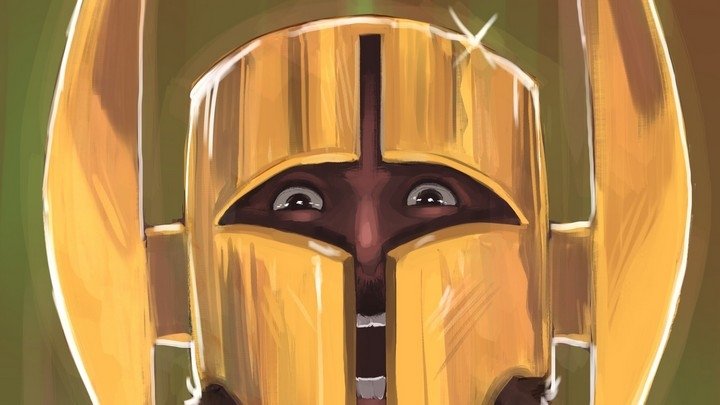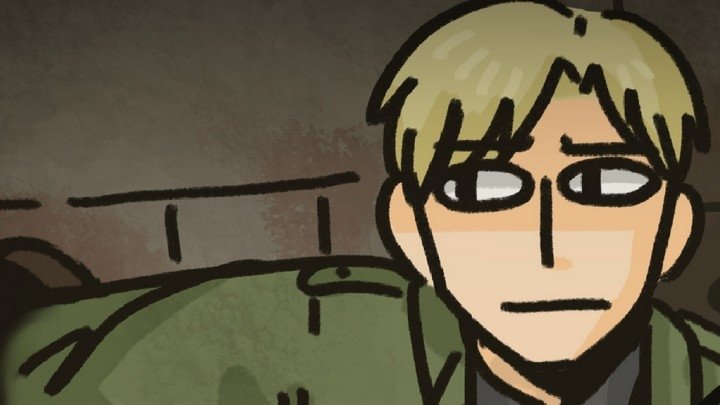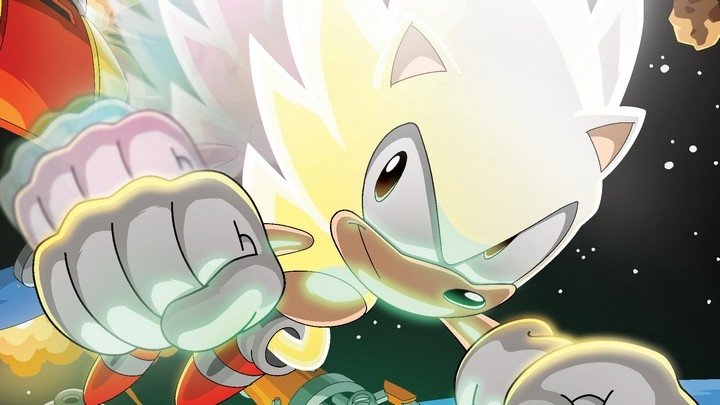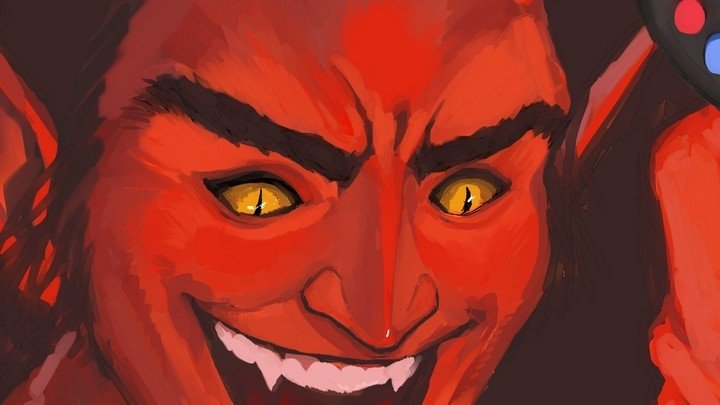Super NES Mini Countdown: #04 | Mega Man X
Not Mega Man 10. That's a different list.
Nintendo's Super NES Classic Edition mini-console arrives at the end of the month, and the Retronauts writing team has voted to rank the 20 classic games on the mini. Unlike last year's Classic NES Edition, the Super NES mini doesn't have a single dud on it, so think of this as a countdown from good to great. In at number four is a game that's been often imitated but never replicated.
- 20. Super Punch-Out!!
- 19. F-Zero
- 18. Kirby's Dream Course
- 17. Donkey Kong Country
- 16. Star Fox
- 15. Super Mario RPG
- 14. Secret of Mana
- 13. Super Mario Kart
- 12. Street Fighter II Turbo: Hyper Fighting
- 11. Super Ghouls 'n' Ghosts
- 10. Kirby Super Star
- 9. EarthBound
- 8. Final Fantasy III
- 7. Contra III: The Alien Wars
- 6. Super Castlevania IV
- 5. Super Mario World
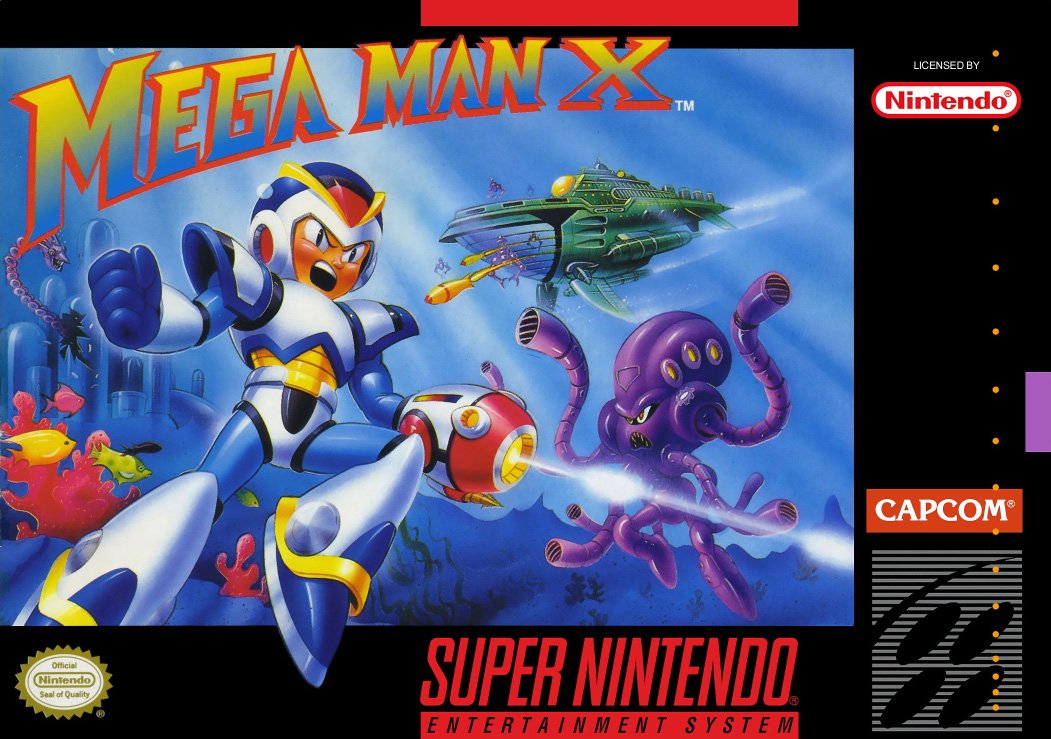
4. Mega Man X
Developer: Capcom
Publisher: Capcom
Genre: Platformer
Release date: Dec. 1993 [JP] Jan. 1994 [U.S.] May 1994 [EU]
What makes Mega Man X a worthy inclusion?
Mega Man powered up
Originally created by the team tasked with converting Capcom's arcade titles to NES, Mega Man was the developer's first home console original, and following Mega Man 2 in 1988, the series rose to prominence as one of the system's most iconic attractions. Certainly it was the most prolific, with six titles to its name by 1993 (not counting spin-offs like the always-fun-to-say Wily & Right no RockBoard: That's Paradise). As the Super NES came into vogue, the world waited patiently for Mega Man to join other NES staples like Mario, Zelda, Castlevania, and Contra in the 16-bit generation. Even before getting to its own merits, Mega Man X bears significance as the bridge connecting one of gaming's greatest legacies to a new era and beyond.

The hero we deserve
When you read lists like this one, you tend to see nothing but games that blazed trails and maximized the system's potential. But not every Super NES title embodied a revolution in game design. Quite a few, such as Super Adventure Island and Super Ninja-kun, played things safer, repackaging concepts that had been proven to work in years past, with few enhancements aside from a new coat of paint—maybe with some token Mode 7 trickery for flavor. But Capcom seemed to understand they wouldn't get away with an unimaginative "Super Mega Man" in the same style as the games before it. As great as the NES series' ubiquity had been for brand recognition, fans and critics seemed a little more fatigued each time it recycled the same formula. It must have been reflected in sales, too, because Capcom declined to publish Mega Man 6 outside Japan at all (leaving that task to Nintendo themselves).
So Capcom took their sweet time getting Mega Man onto the Super NES, but they made sure the result was worth the wait. Beyond flashy graphics, they leveraged the superior hardware to realize game mechanics that were all-new to the series, meaningfully changed the way it played, and would have been difficult if not impossible to implement on the NES. The new Mega Man can dash, which lowers his profile not unlike the slide introduced in Mega Man 3 but also gives him a burst of speed and allows him to carry that momentum into great flying leaps, raising the pace of the action and turning boss fights into balletic high-speed shootouts. While the NES games scrolled horizontally, with vertical scrolling limited to points where the action would pause while the camera ratcheted an entire screen's height up or down, Mega Man X scrolls freely in all directions—a feature it takes advantage of with an unprecedented degree of verticality in its level design. And with the new ability to cling to walls and kick his way up them, our hero comes specially equipped to scale any height.
Even ideas that don't fundamentally alter the gameplay exude a sense of imagination the series had been lacking, such as stages that change when you complete other stages (for example, a steel foundry that freezes over when you beat Chill Penguin, or a power plant that goes dark when you send Storm Eagle's airship hurtling through the roof). Hidden holographic recordings of Dr. Light impart major upgrades to his final creation, both altering the appearance of X's individual body parts and adding to his powers—including the ability to charge up all eight of your special weapons for an entirely different set of effects. And just as Mario gained a dinosaur steed in Super Mario World, X can occasionally climb into giant Ride Armor suits to enjoy a streak of invincible carnage and duke it out with enemy pilots.
As if to provide a contrast, Capcom eventually released Mega Man 7, which was the kind of straightforward "Super Mega Man" upgrade we might have envisioned in the system's early days; predictably, it pales in comparison to the dramatic reinvention of Capcom's initial effort. Without a single misstep, Mega Man X gave the series the revitalization it needed and stands as a sterling example of the advances the Super NES library made over the previous generation.

The baby in the bathwater
All that said, everything that's brilliant about Mega Man X is built on top of the rock-solid foundation of the original games. Following a brief introduction, you still have your pick of eight themed stages to approach in any order, guarded by bosses as charming as they are deadly, whose weapons you get to steal for yourself once you've defeated them. Each boss is weak to another boss's weapon, and once you've sorted out the food chain (or brute-forced your own way through), it's on to a linear stretch of four final stages where you can put all your toys to work. For all its fantastic newness, this is still a Mega Man game—certainly the best one the Super NES has to offer, if not the greatest of all time.
What am I fighting for?
In addition to its mechanical distinctions, Mega Man X introduces a new cast of characters living roughly a hundred years after the original games (the year 21XX, natch), and their story unfolds with a level of presentation that, while clearly following from the quaint cut scenes of NES Mega Man, incorporates more active players and more dynamic interactions between them. X is established as both the first of a new breed of sentient robots and a relic far outmoded by the newer models currently waging war with each other; through playing the game, you carry him closer to his goals of living up to his mentor, Zero, and taking on Vile, his personal dragon. It's all perfectly adolescent, but that was the idea, as Capcom figured the kids who came up with Mega Man were due to start turning into angsty teens themselves. And while the narrative focus would encroach further (and get a lot dumber) once the series reached consoles capable of voice acting and animated cut scenes, here it enhances the experience with a measured dose of melodrama.

The right game for the right system
Mega Man X was the first Mega Man title to break from the original series both in setting and gameplay, but it would be far from the last. When the PlayStation came out, Capcom set to work on the fully-3D Mega Man Legends, and they met the Game Boy Advance with Mega Man Battle Network, a portable RPG with a Pokémon-like trading feature. (It should be said, too, that they kept on making X games all the while—including spiritual successors in the form of Mega Man Zero and ZX.) For each new system, they adapted Mega Man to the appeal of the hardware and the scene around it, and that tradition started right here.
Interesting facts about Mega Man X
X equals Zero
While planning Mega Man X, Keiji Inafune wanted to introduce a new protagonist who would be as radical a departure as the rest of the game. He eventually got reined in and settled on X, who simply looks like a more armored, grown-up version of Mega Man (to the point that casual observers still get them confused). His original concept, a red robot with luxurious long blond hair and a laser sword, became Zero, whom he gave the role of the seasoned warrior who comes to X's rescue and looks so cool you wish you were playing as him instead. You can definitely feel Inafune playing favorites, as Zero forms of the focus of Mega Man X2's story, is playable in short bursts in X3, and graduates to co-protagonist in X4. In the Mega Man Zero series, he finally got the spotlight all to himself, giving Inafune what he wanted all along.

What's an arm or two between friends?
Of the four upgrade capsules hidden around the game, the parts for X's arm cannon are by far the trickiest to reach, as doing so requires kicking off a certain wall with split-second timing, and if you fail, the only way to retry is to exit the stage entirely. This seems intentional, though, because if you reach the point where Zero (spoilers) dies (he gets better) without the souped-up arm cannon, he bequeaths his own buster to X as a parting gift. Apparently, this is the way the story is supposed to go, and acquiring the arm parts via the capsule is meant more as an alternative for super players. Nintendo Power even reported before the game's release that X acquires his enhanced buster from his buddy Zero, and once you think to look, Zero's buster is in fact identical to X's enhanced one, both in the official art and their in-game sprites.

You must defeat Sheng Light to stand a chance
In addition to the four upgrade capsules, there exists a super-secret fifth one where Dr. Light appears dressed as Ryu from Street Fighter II and endows X with the ability to throw a Hadōken, which is executed with the same quarter-circle motion and destroys any enemy in one hit, although it can only be performed at full health. Not only does that sound totally fake, but the method of reaching this capsule sounds just like the longwinded wild goose chases people used to describe for finding the Triforce in Ocarina of Time or Mew in Pokémon Red and Blue. To wit: Collect every last collectible item in the game, climb to a ledge at the very end of Armored Armadillo's stage, collect the energy pellet sitting there, and then repeat this several times until Dr. Light's capsule appears in place of the energy. None of this is signposted in any way, and yet it's all real. Mega Man X2 followed up on the joke with another secret capsule where X's cosplayer of a late father teaches him Ken's flaming Shōryūken from Super Street Fighter II. Sadly, there is no Tatsumaki Senpūkyaku to be found in X3—one of many ways that game dropped the ball.

Scissors Shrimper did nothing wrong
While the bosses of the original Mega Man games were humanoids similar to the Blue Bomber himself, Mega Man X introduces a rogues gallery of animal-shaped robots with a simple "adjective animal" naming convention (Launch Octopus, Sting Chameleon, and so on). The only odd one was the infamous Boomer Kuwanger, whose name mystified fans for years. When the X series started to go off the rails around Mega Man X6, fans noticed the boss names were growing misshapen as well, with nonsense like "Ground Scaravich" and "Infinity Mijinion." But this wasn't actually a recent development: In Japan, the boss names had always been a mash-up of different languages with a side of gibberish, and the localizations had just been protecting us from the truth. "Boomer Kuwanger" just slipped through somehow at the beginning, and it took several games for Capcom's declining standards to pull back the veil altogether.
In fairness, some of the Japanese names are quite clever: Flame Mammoth goes by "Burnin' Noumander," referring both to the fiery salamander of myth and to the Naumann elephant. (Others, like "Gravity Beetbood" and "Magne Hyakulegger," are just fun to say.) "Boomer Kuwanger," for the record, comes from "boomerang" and "kuwagatamushi," the Japanese word for stag beetle. Embarrassingly, Capcom finally got a chance to correct their oversight and call him something like "Boomerang Beetle" when they remade X1 as Maverick Hunter X for the PSP, and they did change it...to "Boomerang Kuwanger." Swing and a miss.

Not my real dad
With Dr. Light out of the picture aside from some posthumous missives, the role of X's scientist father figure ostensibly goes to Dr. Cain, the archaeologist who excavated him from a long-buried capsule and began creating the Reploids based on his design. Cain doesn't technically appear in X1 itself, but the game opens with sirens blaring as we read, from his perspective, the message Dr. Light left behind explaining the contents of X's capsule, the dual potential and danger of robots not limited by Asimov's Three Laws of Robotics, and the importance of X's thirty-year diagnostic period to ensure he doesn't immediately decide to kill all humans. The game's manual, then, features excerpts from Cain's journal, including the point where he decides what he should really do is make more robots like X but without that "diagnostic period" thing.
Cain puts in minor appearances in X2 and X3 and is mentioned in a flashback in X4, but after that, the games apparently forget he exists. Maverick Hunter X retconned things so he dies shortly before the events of X1, which presumably would have become the status quo if more X games had followed. The picture of a conflict between robots and humans does feel incomplete without any humans present; on the other hand, around the same time Cain vanished from the games, Dr. Light's hologram got unceremoniously retconned into a for-real computer ghost capable of interacting with people, rendering Cain redundant as wizened mentors go. Once he gets the ball rolling, writing him out of continuity doesn't seem like such a huge loss.

Ghost in the machine
After defeating Sigma, the leader of the robot revolt, you're treated to a nice ending, a curtain call set to a life-affirming rock ballad, and then the staff credits scrolling over a blank monitor frame. Should you continue watching after that, there's one last surprise in store: The cheerful music fades out, replaced by a procession of sawtooth arpeggios looping on the world's creepiest harpsichord. The monitor flickers to life, and you're left with one final message—and it's not from Dr. Light. It's an effectively unsettling scene, and it's made even more memorable by the simple fact that, when Mega Man X was made, games didn't reset themselves when they got to the end. There was no clear data to record. So the game would just leave you with whatever the last screen was, sitting there indefinitely until you chose to switch the system off. Usually it would be something nice, like "The End," but here it's a grim reminder that all is not well and the worst is yet to come. It's a strangely spooky scene to go out on, but perhaps that willingness to buck expectation just goes to show Capcom's confidence in what they'd created.

